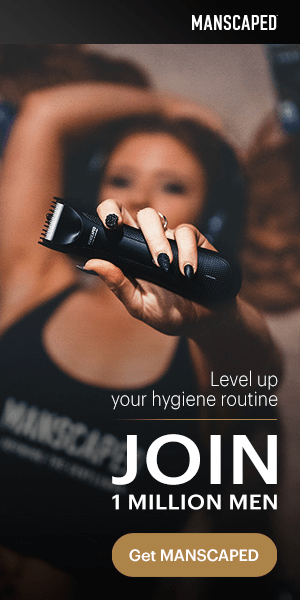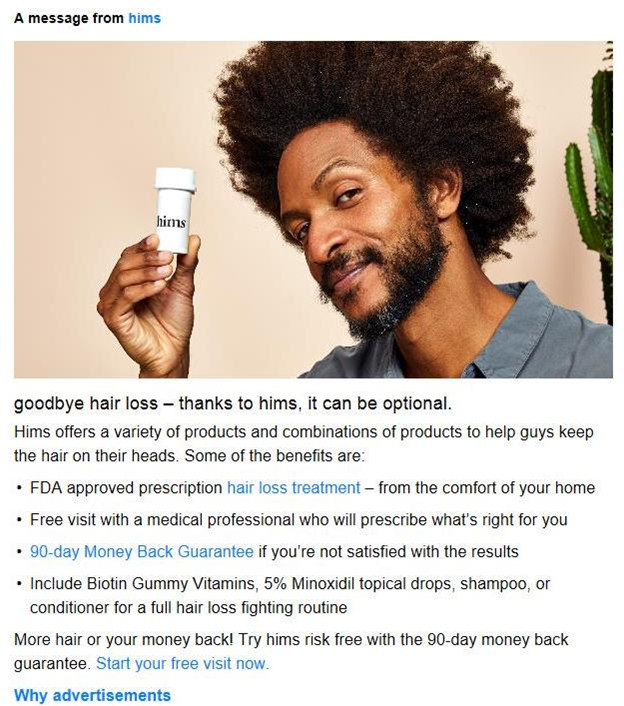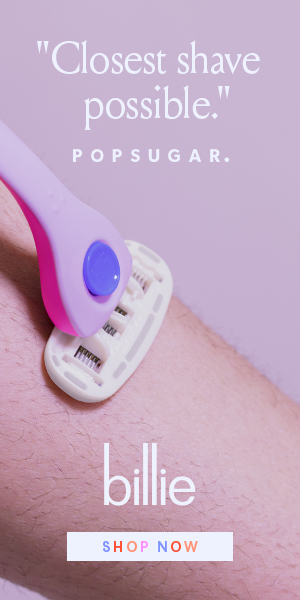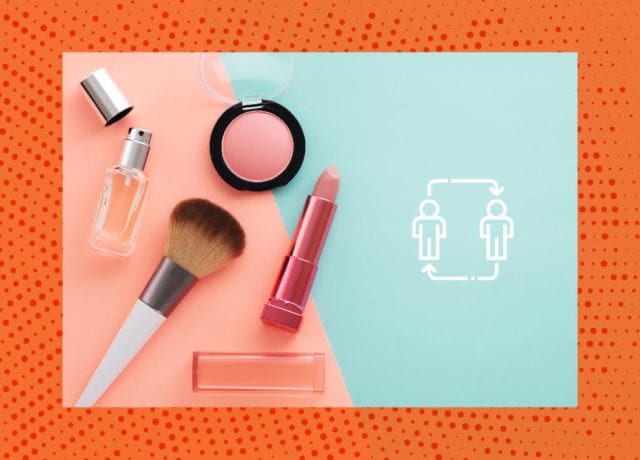The makeup industry is typically resilient during recessions—however, COVID-19 is forcing this vertical to shift in new directions.
With social distancing, working from home (WFH) and mask requirements, people are prioritizing different cosmetics than they would’ve in past recessions. Direct-to-consumer (DTC) brands are doing particularly well, as online shopping for makeup is becoming more common.
Continue reading to learn how the industry is transforming and how DTC cosmetic brands are changing up their advertising.
We encourage you to subscribe to our blog for the latest data surrounding the advertising industry. We will provide daily updates as COVID-19 continues to make its mark on the US economy.

Cosmetics sales are changing due to COVID-19
Prior to the pandemic, most makeup and cosmetics were bought in-store.
Roughly 85% of beauty-product purchases prior to the COVID-19 crisis were bought in person. Even when you narrow in on shopping patterns of millennials and Gen Zers, the majority (60%) bought their makeup in stores.
Between store closures and the inability to try on makeup in-store, consumers aren’t buying products like they used to. Purchases shifted online. While overall makeup sales quickly dropped off in March, online sales increased 10% month-over-month..
Online sales weren’t enough to offset in-store purchases, but certain categories experienced significant spikes. Several cosmetic products are booming: at-home spa tools, purple hair products that help preserve hair color, serums, and blue-light blocking skincare products.
Blue-light blocking skincare products are one of the most pandemic-driven products to take off. People are paying attention to their skin when they see themselves on Zoom day after day and are aware of how much time they spend behind screens.
DTC Brands Doing Exceptionally Well
Because more people are shopping from home during the pandemic, DTC beauty brands are enjoying a healthy spike in sales. Even at the height of the pandemic in April, DTC wellness and skincare brand Tula experienced a 400% YoY increase in sales.
“I think what we’re seeing is that consumers are staying at home and they’re investing in health and wellness even more,” said Tula CEO Savannah Sachs in a CNBC interview. “We’re seeing really, really great demand across the country.”
People couldn’t go shopping in stores or take care of themselves by going to the salon—so they bought products for self-care at home from digitally native brands.
“In [a matter of] a day, we had to hire an additional 20 people on the customer service team because our volume increased so dramatically,” said Public Goods founder and CEO Morgan Hirsh. Now that we’re six months into the pandemic, brands are questioning whether this trend will continue as physical stores reopen.
Some, like Sachs, believe that the pandemic will continue to influence consumer behavior long after we return to normal. Others like Vegan skin-care brand BioClarity’s CEO Tracy Julien believes that the trend will slow and partnering with retailers will be an important way for DTC brands to grow.
MediaRadar Insights
Methodology
We analyzed Direct to Consumer (DTC) Beauty ad spend during the month of August. We used data from TV, digital, and print ad spending (though ad spend is primarily in digital and TV).
Findings
DTC Beauty Brands
In August, DTC beauty brands were up 79% YoY—spending $16.8mm. This is significant considering the entire ad spend in the beauty category was down 24%.
When we analyzed how spending from DTC beauty brands was distributed throughout the different formats, we found:
- Television and digital: Spending was double that of August 2019
- Print: Spending was down 59% YoY
- Podcasting: Spend was just over $1 million in August
The top ten DTC Beauty advertisers were:
- Manscaped
- ProActiv
- Hims
- Hair Club
- FabFitfun
- Billie
- Function of Beauty
- Curology
- Harry’s Shave
- Native Deodorants
These top ten spending DTC beauty advertisers came from three categories:
- Skincare
- Shaving supplies
- Haircare brands
It’s important to note that, of the top ten spending DTC beauty advertisers, only two were cosmetic subscription boxes. Overall, the cosmetic category is down YoY— but DTC cosmetic brands are up 33%.
Without the restrictions of traditional marketing strategies within traditional brick and mortar stores, DTC beauty brands are targeting more specific audiences with more diverse messaging.



These are the primary changes in the DTC beauty category we’ve noticed over the past months—primarily in August. We’ll continue sharing any major changes or new trends as they develop.
For more updates like this, stay tuned. Subscribe to our blog for more updates on coronavirus and its mark on the economy.



